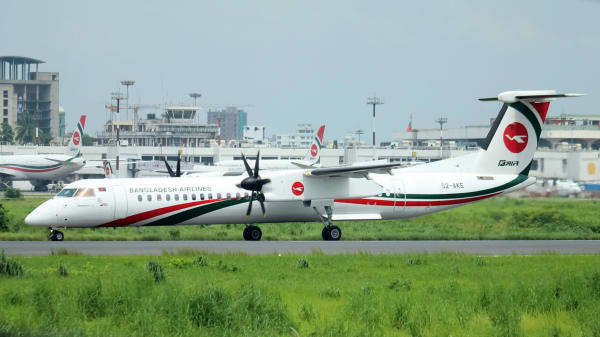Mastering In-Flight Entertainment Technology
As you ascend into the sky in the confines of an airplane, how do you pass time on long haul flights? Chances are you indulge in one form or another of in-flight entertainment technology. In-flight entertainment technology has experienced a phenomenal leap in progress over the past few decades, turning the vexing hours spent in mid-air into an enjoyable experience.
A Glance at In-flight Entertainment Systems
In earlier years, passengers were limited to reading books or magazines, while flight attendants may have provided a few rounds of in-flight trivia questions. Today, we are surrounded by cutting-edge in-flight entertainment technology, making those hours fly past with ease.
In-flight entertainment technology embraces a broad range of systems used in aircraft to entertain passengers during the flight. It includes services such as:
- Audio Entertainment
- Video Entertainment
- In-flight gaming
- Internet and Wi-Fi connectivity
- Interactive Content
Summing up, everything that entertains you, from the screen in front of your seat to the Wi-Fi that allows you to continue your Netflix binge-watching at 38,000 feet (or 11,582 meters), falls under the domain of in-flight entertainment technology.
Emergence of In-Flight Entertainment Technology
In-flight entertainment is not a hot-off-the-press concept. History trails back to the 1930s when Short Empire flying boats offered luxurious amenities such as piano bars and lounges. However, the first real step towards in-flight entertainment systems as we know today was witnessed in 1961 when David Flexer introduced headphones in TWA flights, sparking a revolution.
Over the years, in-flight entertainment technology has evolved dramatically with the transition from overhead projectors to individual seat back screens, and now to wireless IFE systems offering personalized content, live TV broadcasts, and Wi-Fi services.
Components of an In-Flight Entertainment System
A standard in-flight entertainment system comprises several key components, each ensuring you remain engrossed in your onboard pursuits. Here’s an outline of these elements:
Server: This functions as the central hub of the IFE system, providing content to individual passenger units.
Distribution System: This system, comprising of intricate wiring and wireless networks, transports data from the server to individual screens.
Passenger Control Unit: Your interface to control and access the IFE system, including screen, remote and headphone jack.
Head End: The head end controls the broadcast and distribution of media across the aircraft.
The Latest in In-Flight Entertainment Technology
In-flight entertainment technology's future looks fascinating with airline titans striving to revolutionize passenger experience. Here's what's up and coming:
Personal Device Entertainment: Increasingly, airlines are embracing the "Bring Your Own Device" (BYOD) trend, where passengers can access content on their smart devices. This move not only enhances passenger satisfaction but also saves airlines from the maintenance costs of in-seat screens.
Virtual Reality (VR) and Augmented Reality (AR): VR and AR promise to redefine in-flight entertainment by launching passengers into immersive experiences. Whether it’s about exploring your travel destination or navigating through a phenomenal galaxy, VR and AR have much to offer.
Artificial Intelligence (AI): From flight information to food and retail offerings, AI in in-flight entertainment systems will allow personalization to an unprecedented level.
5G Technology: The advent of 5G technology will bring faster and more reliable in-flight connectivity, reducing latency, and improving the overall passenger experience.
Factors to Consider for Mastering In-flight Entertainment
As airlines focus on strengthening passenger engagement, here are some factors that could be considered:
Content Variety: A diverse and regularly updated content library that caters to different tastes and languages will keep passengers entertained.
User-friendly Interface: A simple, intuitive design aids passengers to navigate through loads of content without feeling overwhelmed.
Personalized Experience: Using data analysis tools to understand passenger preferences and serving personalized content can greatly enhance the passenger's experience.
Seamless Connectivity: Reliable, high-speed internet access is increasing in demand. In the connected world we live in, passengers expect seamless connectivity even in the sky.
Though in-flight entertainment systems are under consistent development and airlines are adopting innovative technologies, the essence revolves around enriching the passenger experience. As Alex Macheras, an aviation analyst, said, "The key for airlines when it comes to impressing passengers – is maintaining a consistent product - consistency leads to trust, and trust leads to passenger loyalty."
The journey towards mastering in-flight entertainment technology is all about striking the right balance between technological advancements, passenger comfort, and economic feasibility. Ultimately, the goal is to provide passengers with an enjoyable, engaging, and entertaining experience while up in the sky. Bridging the gap between technology and in-flight experience, in-flight entertainment technology indeed holds a promising future.




